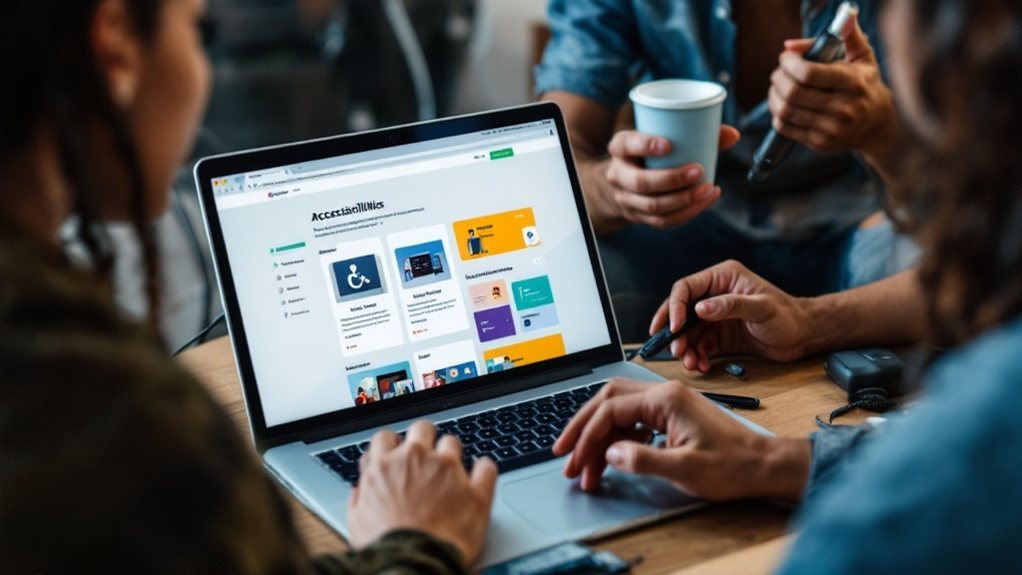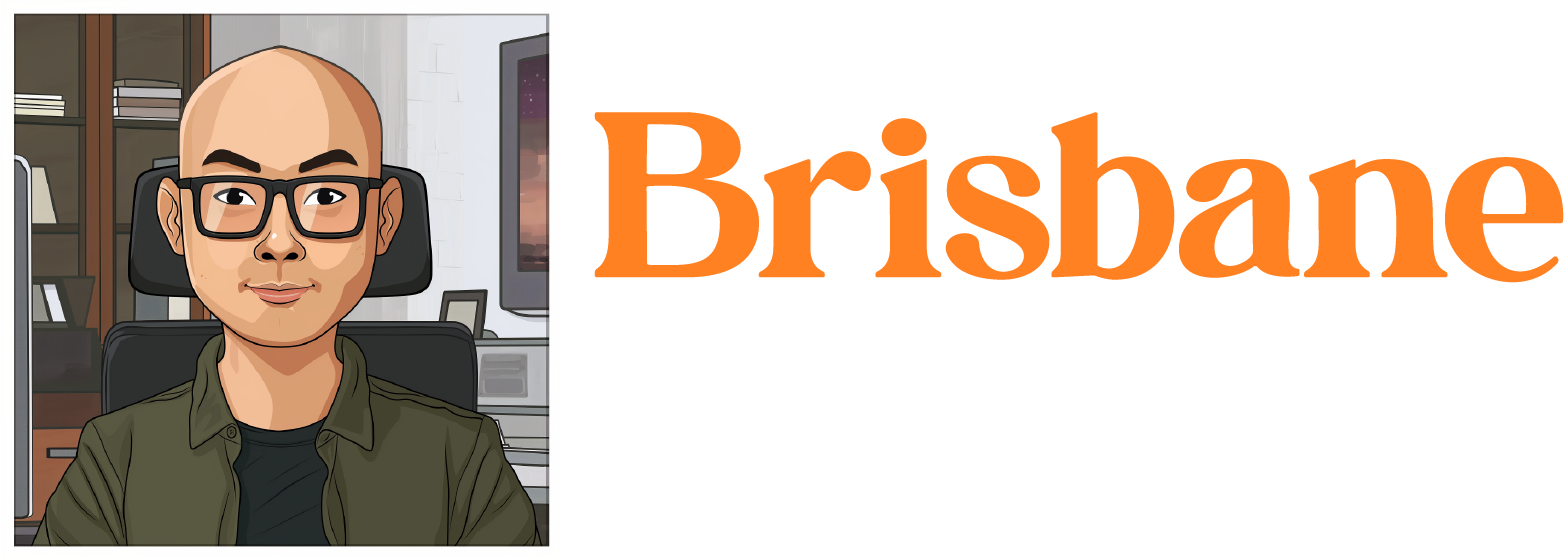Accessibility is critical for expanding your non-profit's reach and impact. It ensures your website is inclusive, empowering all stakeholders. Adhering to WCAG guidelines, you'll create perceivable, understandable, operable, and navigable content. Collaborate with the disability community, integrate accessibility from the start, and optimize for assistive technologies. Ongoing monitoring and reporting will keep accessibility a priority. Explore more to discover how accessible web development can elevate your organization's mission and amplify your impact.
Key Takeaways
- Incorporate accessibility principles into the web development process from the start to create an inclusive digital presence for non-profit organizations.
- Adhere to WCAG standards to ensure website accessibility for users with diverse needs, improving overall usability and compliance.
- Partner with the disability community to gain insights and demonstrate a commitment to inclusivity, empowering stakeholders and expanding the organization's reach.
- Optimize for assistive technologies like screen readers to provide seamless user experiences for visually-impaired and mobility-challenged individuals.
- Regularly monitor and report on accessibility improvements, highlighting successes and identifying areas for continuous enhancement to keep accessibility a priority.
Understanding the Importance of Accessibility

As a non-profit organization, ensuring your website is accessible is crucial. Accessibility means your site can be used by people with disabilities, including those with visual, auditory, motor, or cognitive impairments. An accessible website benefits everyone, expanding your reach and impact. It's the right thing to do and can even improve your SEO and overall user experience. Accessibility is more than just a compliance issue – it's about inclusivity and empowering all your stakeholders. By making your website accessible, you demonstrate your commitment to diversity and open doors for more people to engage with your mission. Accessibility should be a priority from the start, not an afterthought.
Identifying the Diverse Needs of Users With Disabilities
When designing an accessible website, it's crucial to understand the diverse needs of users with disabilities. From visual impairments to motor and cognitive challenges, each user has unique requirements. Visually-impaired individuals may rely on screen readers or magnifiers, necessitating clear, well-structured content and accessible multimedia. Users with motor disabilities may struggle with complex navigation, requiring intuitive keyboard controls and simplified interactions. Those with cognitive difficulties benefit from straightforward language, logical organization, and reduced distractions. By considering these varied needs, you can create a website that truly serves the entire community, fostering inclusivity and equal access to information and services. Addressing accessibility upfront is a key step in building a truly inclusive online presence.
Applying the Web Content Accessibility Guidelines (WCAG)

The Web Content Accessibility Guidelines (WCAG) offer a comprehensive framework for making websites accessible to users with disabilities. They provide specific technical requirements across four principles: perceivable, operable, understandable, and robust. By adhering to WCAG, you can ensure your non-profit's website is accessible to a wide range of users, including those with visual, auditory, motor, or cognitive impairments. This includes providing alternative text for images, adding captions for videos, ensuring keyboard navigation, and using clear, simple language. Implementing WCAG may seem daunting, but it's essential for inclusive web development. Start with the basics, continuously assess your progress, and seek support from accessibility experts when needed.
Ensuring Perceivable and Understandable Content
Ensuring your non-profit's website content is perceivable and understandable is crucial for accessibility. Use clear, concise language that's easy to read and comprehend. Provide text alternatives for non-text content like images and videos. Ensure color contrasts are high enough for users with visual impairments. Organize information logically and use headings effectively. Make it easy for users to navigate and find what they need. Provide clear instructions and avoid jargon. Enable users to pause, stop, or adjust the volume of audio or video content. Ensure your website works well with assistive technologies like screen readers. By focusing on perceivable and understandable content, you'll create a more inclusive online experience for your non-profit's audience.
Providing Operable and Navigable Interfaces

In addition to ensuring perceivable and understandable content, you'll also need to provide operable and navigable interfaces for your non-profit's website. This means making sure users can easily interact with all the site's functionality, regardless of their abilities or the devices they use. Implement clear and consistent navigation, ensure keyboard accessibility, and provide ample visual and audio cues. Allow users to adjust the pace and timing of content. Offer alternative ways to complete tasks, like form-filling or payment processing. Thoroughly test your interfaces with diverse users to identify and resolve any accessibility barriers. Providing an operable and navigable experience demonstrates your commitment to inclusivity and ensures your non-profit's website serves all visitors effectively.
Designing for Compatibility and Flexibility
Designing for compatibility and flexibility is crucial when developing an accessible website for your non-profit organization. Ensure your site works seamlessly across various devices, browsers, and assistive technologies. Utilize responsive design techniques to optimize the layout and content for different screen sizes. Incorporate flexible typography, spacing, and interaction patterns that adapt to user preferences and abilities. Provide multiple ways to navigate and access information, such as keyboard controls, voice commands, and alternative input methods. By prioritizing compatibility and flexibility, you'll create an inclusive digital experience that caters to the diverse needs of your non-profit's audience.
Incorporating Assistive Technologies and Adaptive Strategies

When developing an accessible website for your non-profit, you'll need to incorporate assistive technologies and adaptive strategies to cater to users with diverse abilities. This includes screen readers, text-to-speech, and magnification tools to assist users with visual impairments. Keyboard-only navigation and voice controls accommodate users with physical disabilities. Captioning, transcripts, and sign language interpreters ensure content is accessible for those with hearing impairments. Intuitive layout, clear labeling, and simple language benefit users with cognitive or neurological differences. By thoughtfully integrating these assistive technologies and adaptive approaches, you'll create a website that empowers and includes all your visitors, regardless of their specific needs or circumstances.
Conducting Accessibility Audits and Usability Testing
How do you ensure your non-profit's website is truly accessible? Conduct comprehensive accessibility audits and usability testing. Leverage automated tools to scan for WCAG compliance, but don't stop there. Engage users with disabilities to test real-world experiences. Observe how they navigate your site, identify pain points, and uncover hidden barriers. Analyze qualitative feedback to prioritize improvements. Implement assistive technologies and adaptive design strategies based on audit findings. Continually test and iterate to maintain accessibility as your site evolves. Proactive accessibility audits and inclusive usability testing are crucial to delivering an equitable online experience for all your stakeholders.
Fostering a Culture of Accessibility Within the Organization

Accessible design cannot simply be an afterthought; it must be woven into the very fabric of your organization's culture. Cultivate a shared understanding that accessibility benefits everyone, not just those with disabilities. Empower your team to consider accessibility at every stage of the web development process, from ideation to deployment. Designate accessibility champions who can guide and inspire their colleagues. Provide ongoing training to keep skills sharp and stay abreast of evolving standards. Most importantly, lead by example, ensuring your organization's own digital presence sets the accessibility standard you expect from others. When accessibility is a core value, it becomes a natural way of working, not an added burden.
Collaborating With the Disability Community
Engaging with the disability community is crucial to truly understanding their needs and perspectives. Don't just assume you know what they want – reach out, listen, and collaborate. Invite them to provide feedback on your website and digital content. Their insights will be invaluable in ensuring your organization's online presence is accessible and inclusive. Additionally, consider hiring people with disabilities to work on your web development projects. Their lived experiences will inform the design and functionality in ways you may not have considered. Fostering these partnerships demonstrates your commitment to accessibility and shows the disability community you value their expertise.
Measuring and Reporting on Accessibility Improvements

Measuring and reporting on your accessibility improvements is key to demonstrating your organization's progress. Use website analytics to track metrics like the number of pages meeting WCAG standards, level of screen reader usability, and user feedback. Regularly assess your site with automated tools and manual testing. Compile findings into clear, digestible reports to share with stakeholders. Highlight successes, identify areas for improvement, and outline your action plan. Transparency shows your commitment to creating an inclusive online experience. Ongoing monitoring and communication keep accessibility at the forefront, driving continued enhancements. Embrace this process to showcase your organization's dedication to accessibility.

